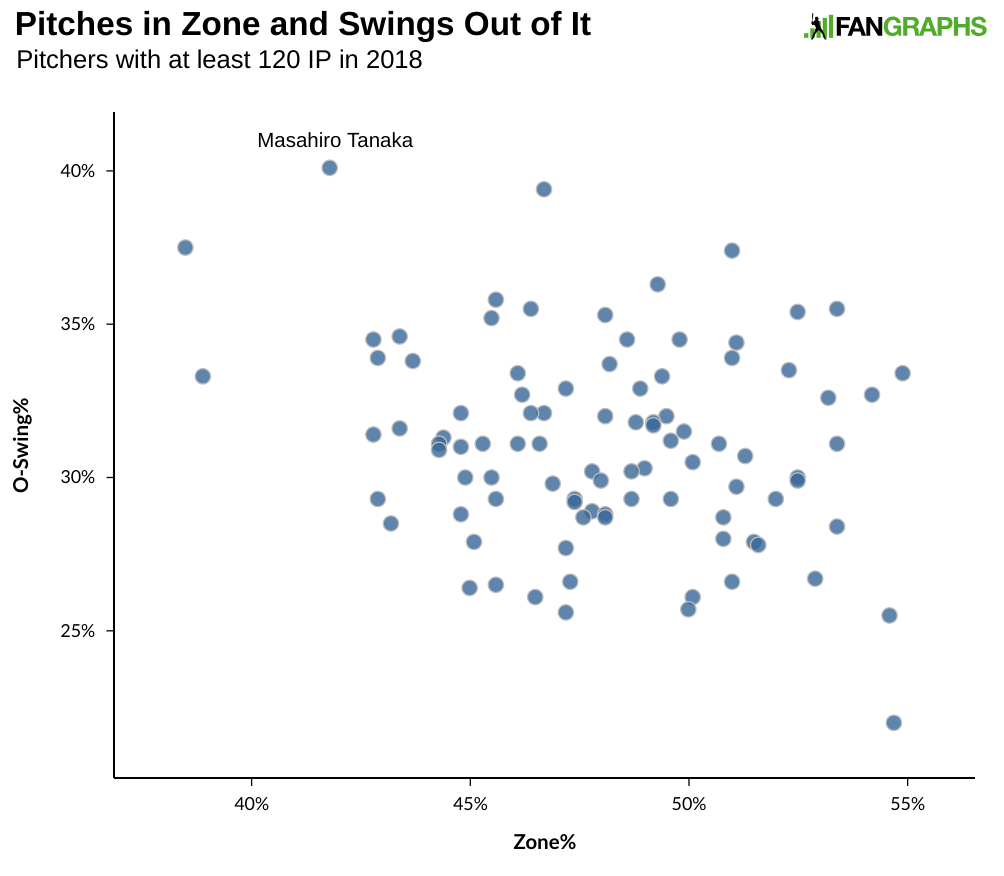The Yankees Have a Shot at Some Home-Run Records
In addition to forestalling the Red Sox’ attempt to clinch an AL East title on the Yankees’ turf, Neil Walker’s three-run shot off the Boston’s Ryan Brasier on Tuesday night gave New York a share of one major-league record. Wednesday night’s pair of homers from Luke Voit and another from Miguel Andujar gave the club a share of a franchise record and inched them closer to two more major-league ones. In these homer-happy times, nobody loves the long ball as much as the Bronx Bombers.
Walker’s homer, a towering, second-deck blast to right field, was his 10th of the season.
That gave the Yankees 11 players in double digits, tying a mark that has been matched in each of the past four years, a period that admittedly has produced three of the four highest per-game home run rates in history (1.26 per team per game in 2017, 1.16 in 2016, and 1.15 this year).
| Year | Team | Players |
|---|---|---|
| 2018 | Yankees | Miguel Andujar / Greg Bird / Brett Gardner / Didi Gregorius / Aaron Hicks / Aaron Judge / Austin Romine / Gary Sanchez / Giancarlo Stanton / Gleyber Torres / Neil Walker |
| 2017 | Astros | Jose Altuve / Carlos Beltran / Alex Bregman / Carlos Correa / Evan Gattis / Marwin Gonzalez / Yuli Gurriel / Jake Marisnick / Brian McCann / Josh Reddick / George Springer |
| 2016 | Twins | Byron Buxton / Brian Dozier / Robbie Grossman / Max Kepler / Joe Mauer / Eduardo Nunez / ByungHo Park / Trevor Plouffe / Eddie Rosario / Miguel Sano / Kennys Vargas |
| 2015 | Astros | Jose Altuve / Chris Carter / Jason Castro / Hank Conger / Carlos Correa / Evan Gattis / Marwin Gonzalez / Colby Rasmus / George Springer / Preston Tucker / Luis Valbuena |
| 2004 | Tigers | Carlos Guillen / Bobby Higginson / Omar Infante / Brandon Inge / Craig Monroe / Eric Munson / Carlos Pena / Ivan Rodriguez / Marcus Thames / Rondell White / Dmitri Young |
This year’s Blue Jays could join the above 11×10 list if rookie Lourdes Gurriel Jr. hits two more homers over the remainder of the season, while the Yankees similarly have a shot at separating themselves from this pack if Voit, who didn’t even debut with the team until August 2, adds one more. Voit’s homers on Wednesday night, which were less majestic than Walker’s, represented his eighth and ninth since joining the team.




